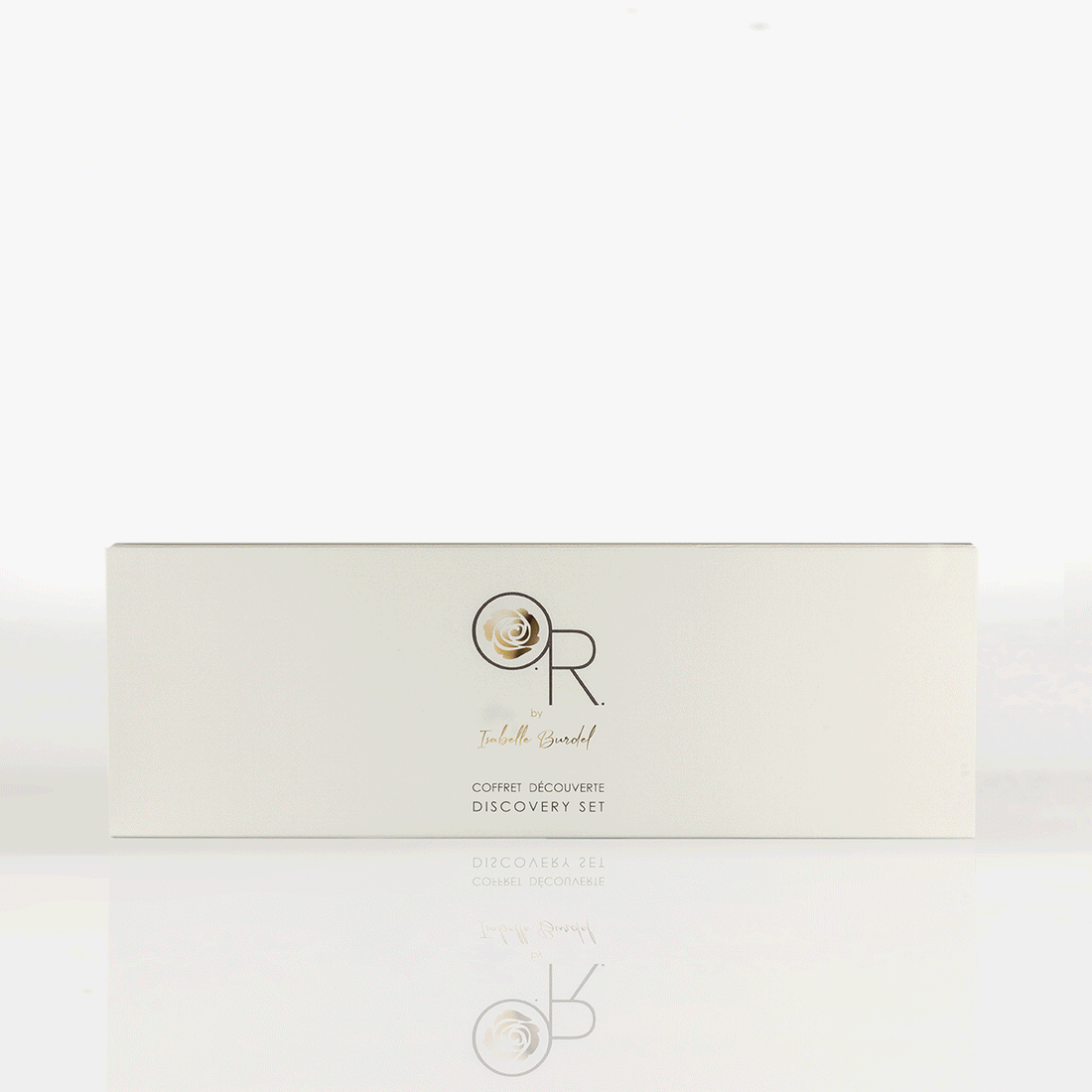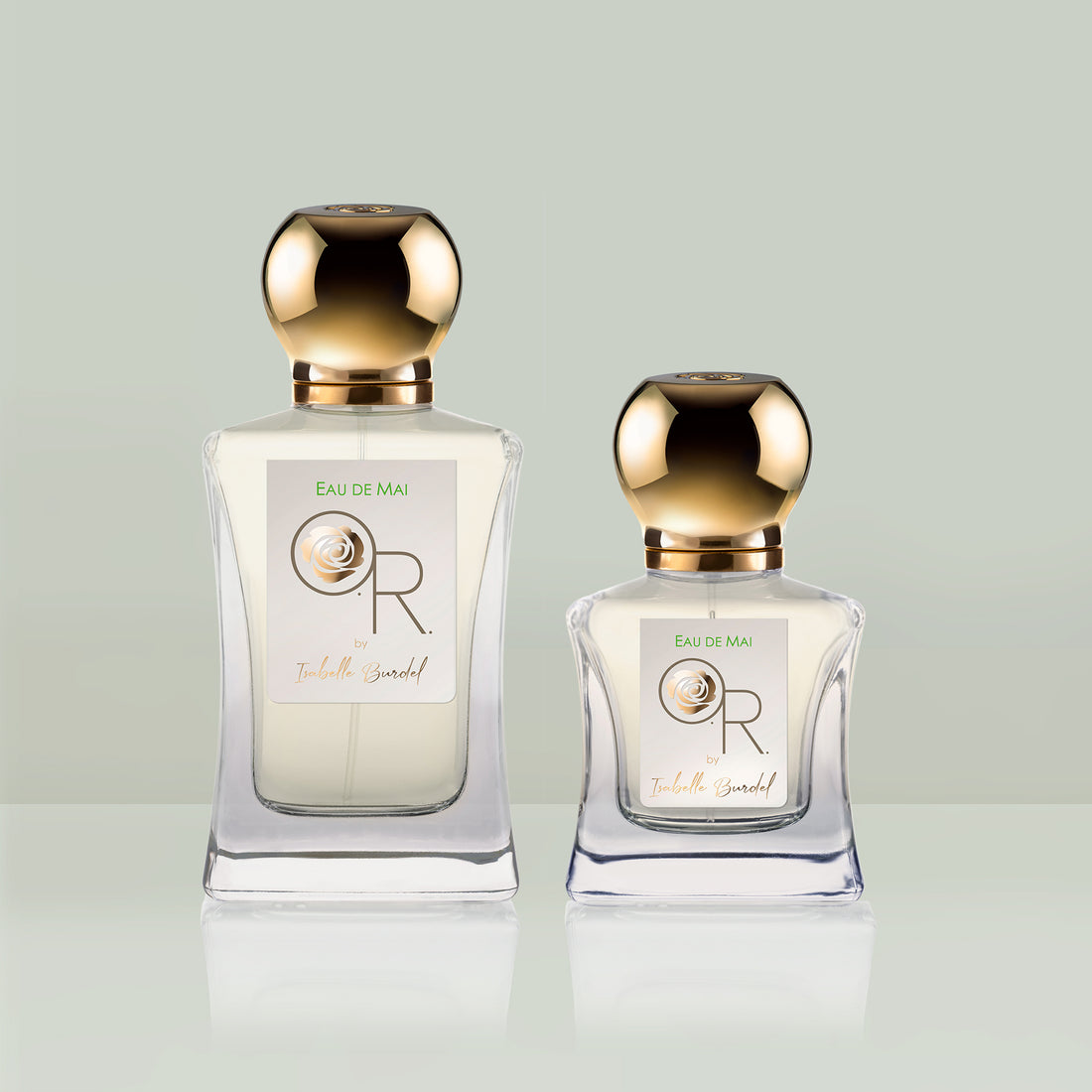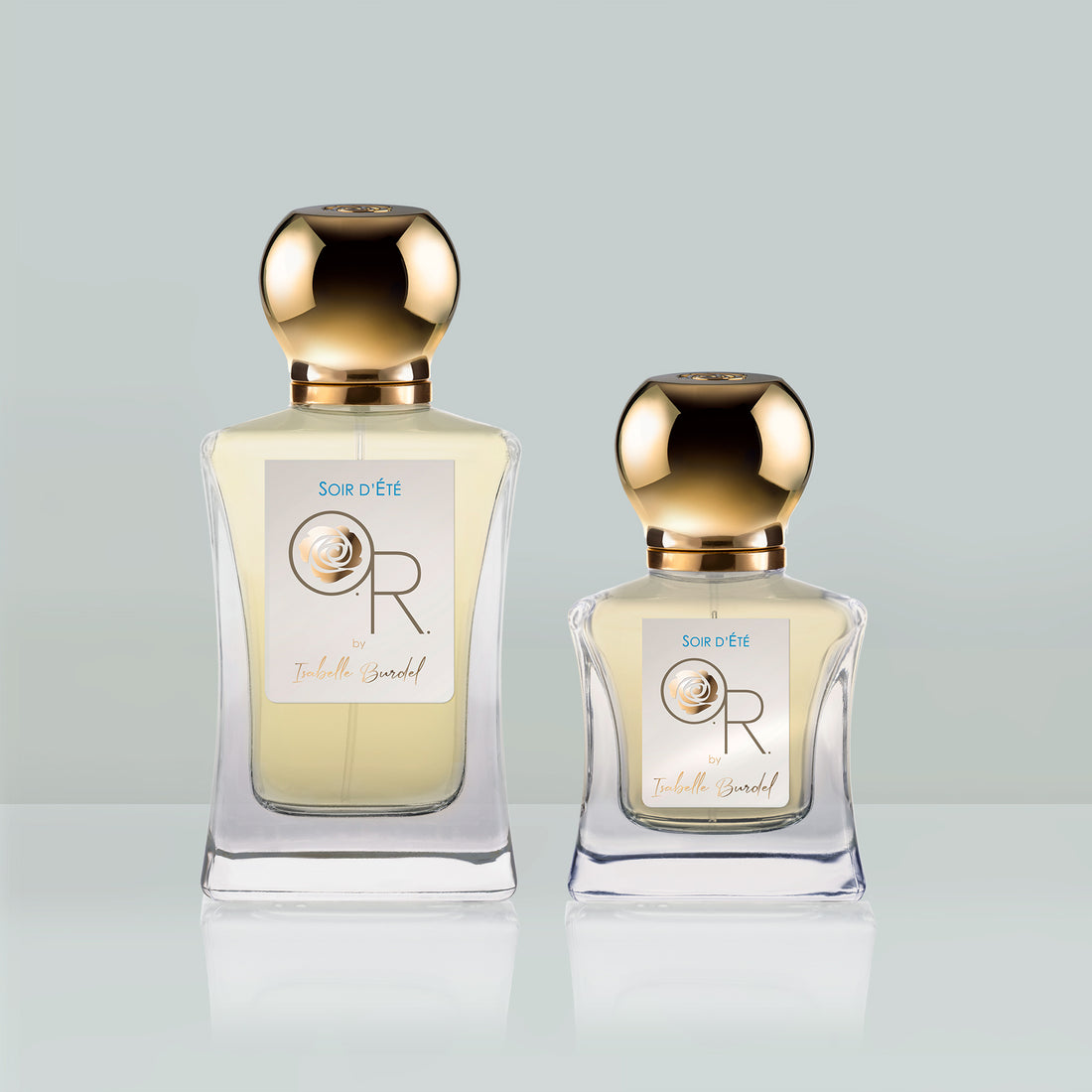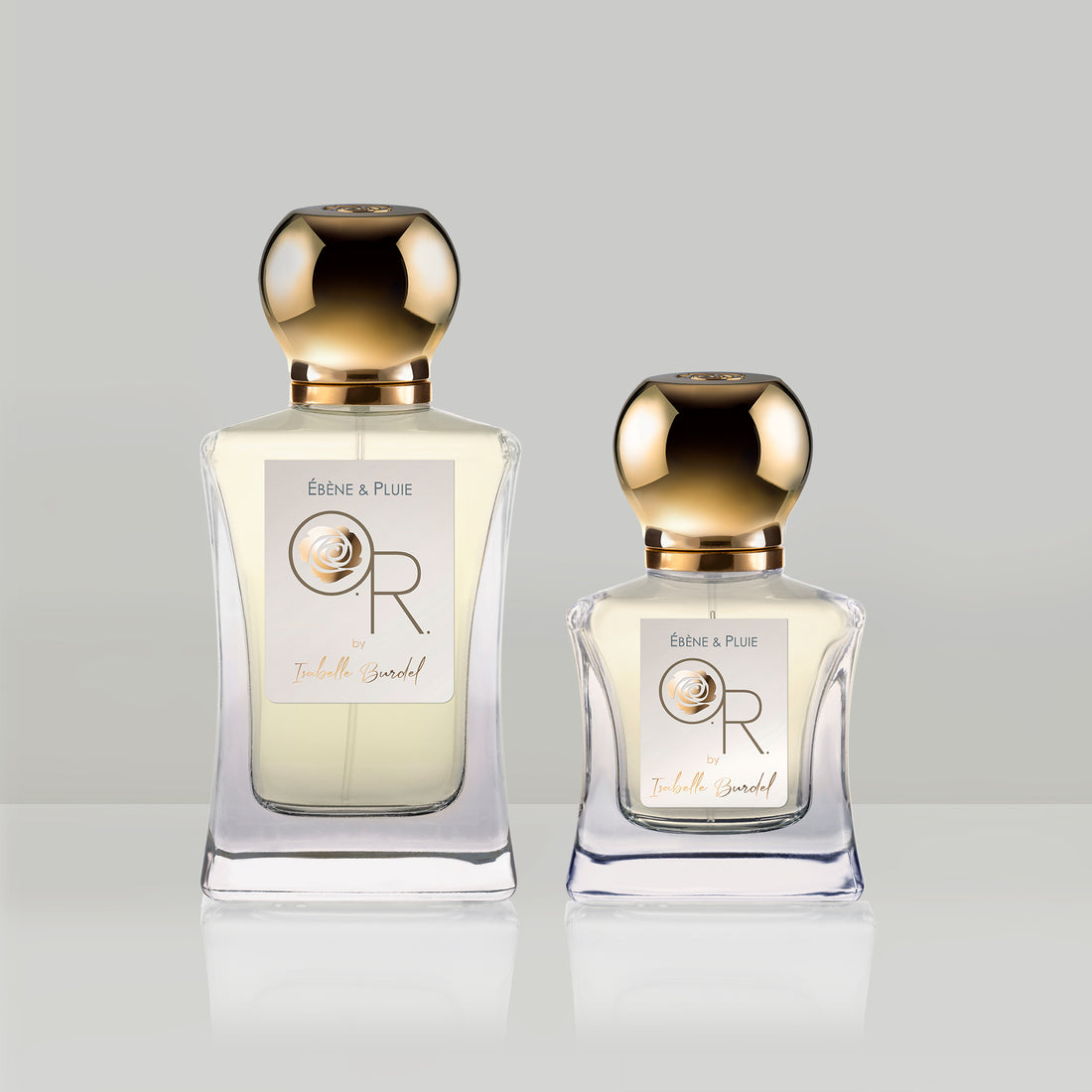Before being the coveted object on a shelf, a fragrance is the result of a lengthy creative process. A genesis that comes to life in the heart of a perfume laboratory. This sanctuary filled with scents is where the perfume creator lets their imagination run free. Here, they sketch out fragrant synergies, infused with carefully selected raw materials. Dive into the heart of our perfume laboratory to discover the behind-the-scenes of creation.
Sourcing ingredients for the perfume laboratory
The first step in the creative process for the perfumer is to select the raw materials, whether natural or synthetic, with which they will work. Like Isabelle Burdel, who sources ingredients for her perfume laboratory in Grasse. These are noble ingredients, thoughtfully chosen to make the fragrance come alive on the skin. Driven by luxury and excellence, she always prioritizes quality over the cost of a material, sourcing them from the best producers of perfume plants or composition houses. These producers manufacture natural and synthetic raw materials.
The suppliers she works with ensure that each material complies with the current regulatory standards. Indeed, over the past two decades, the perfumer's palette has evolved significantly, with some natural materials having their usage restricted or even banned due to allergic reasons.
Sourcing ingredients from the best suppliers also guarantees an eco-responsible approach. In fact, composition houses are developing new techniques for extracting natural materials, such as upcycling, to reduce the carbon footprint of perfumes. Green chemistry also allows for the creation of new synthetic ingredients that are cleaner, renewable, and biodegradable. Sourcing is part of a virtuous logic, emphasizing sustainable supply chains and respect for local populations who cultivate and harvest ingredients from all around the world.
At the heart of the perfume laboratory: the perfumer's organ
The perfumer's organ takes center stage in a perfume laboratory. Here, the "nose" sketches out the synergies that will become full-fledged fragrances. The perfumer's organ consists of both natural and synthetic raw materials. Natural materials illustrate the diversity of nature, as they can be fruity (citrus), herbaceous, floral, spicy, woody, or resinous. After harvesting these different components, their scent is extracted to obtain essential oils or absolutes.
For citrus fruits, there is a specific technique called cold expression, which involves crushing their peels or zest against utensils with metal spikes to obtain essential oil. For other natural materials, two methods are used, distillation or extraction.
During distillation, the plant material is immersed in a still with boiling water and then cooled. Condensation leads to a decantation phenomenon: the fragrant waters separate from the essential oil, which is collected for fine perfumery. When the ingredient is too fragile to withstand distillation, solvent extraction is used. This process involves washing the plant material with a solvent to obtain a paste. This fragrant waxy paste is washed again in a solvent and then filtered to reveal an absolute. It's worth noting that today, solvents that are more environmentally friendly are used.
In a perfume laboratory, the perfumer's organ also includes synthetic materials. The discovery of synthetic molecules marked the beginning of modern perfumery in the late 19th century. These molecules have allowed perfumers to move away from purely figurative styles and create innovative fragrances for their time. A synthetic material can come from a natural one (referred to as an isolate) or result from pure molecular innovation. It is often used to enhance the effect of a natural note or to recreate the scent of a "mute" flower, whose scent cannot be extracted using traditional methods.
The perfume laboratory: the genesis of a fragrance
The perfumer draws from this wide range to sketch out the fragrance' soul, which they will nuance here and there with various tones to construct the final identity of the composition. In front of their organ in the perfume laboratory, they borrow the freshness of citrus fruits, the radiance of flowers, the warmth of amber notes, or the softness of musks, for example. It is the alchemy of all these notes together that gives birth to what is known as the perfume concentrate. The formula remains confidential, with only the perfumer knowing the exact proportions.
To ensure that each note blends seamlessly, a maturation process takes place: the perfume concentrate rests for several weeks before being blended with a specific alcohol used in perfumery. The mixture is then cold-aged for a few weeks (typically two to four, depending on the desired result) to acquire its final scent. This is called maceration, which allows for the accentuation of certain facets of the fragrance. It is an essential step before being bottled and commercialized.
The perfume laboratory: Isabelle Burdel's playground
With 35 years of experience as a perfumer, Isabelle Burdel founded her Salon Privé in Cannes. For the past two decades, she has been creating tailor-made perfumes for a clientele seeking an exclusive signature. She sketches out the main accords in her perfume laboratory, which is adjacent to the salon where she receives clients from all over the world. This provides an opportunity to introduce her clientele to the world of perfumery in an intimate setting.
Her perfume laboratory also reflects her expertise. Regardless of the context in which she composes, the perfumer always creates in front of her organ. Her perfume laboratory is where she tests her ideas and weighs her formulas. Years of experience have allowed her to expand her expertise, master the use of ingredients, and develop her creativity.
It is in the heart of her perfume laboratory that Isabelle Burdel imagined each of the nine creations of her new brand, Olfactory Revelation. This exceptional collection of rare perfumes is the result of years of interactions with her clients to translate their emotions into fragrances. It is an experience she now infuses into this exclusive line, crafted with her creative, poetic, and refined touch.






